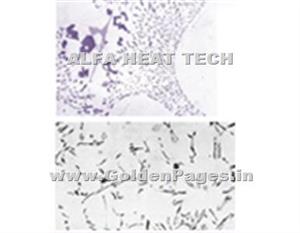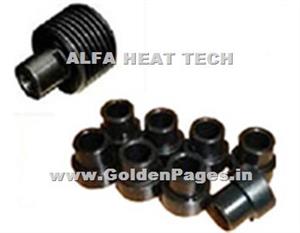
Heat Treatment Service
Heat treating is an essential phenomenon that is very much needed to manipulate the physical, as well as sometimes the chemical properties of a metal. Heat Treatment of ferrous alloys, involves heating and quenching of the related material at extreme temperatures to get the desired result, such as the hardening and softening of the same material. The size and composition of these crystallites play a pivotal role in determining the overall behaviour of the related metals. The process of heat treatment is designed to manipulate these governing properties of the metal through controlling the rate of diffusion or cooling. Heat treatment is basically used for improving or restoring the manufacturability of a product. Some of the most common forms of heat treatment methods include annealing, hardening, precipitation, case hardening, selective hardening, ageing and stress relieving.



 29960.jpg)

 29962.jpg)


 29965.jpg)














 29981.jpg)




